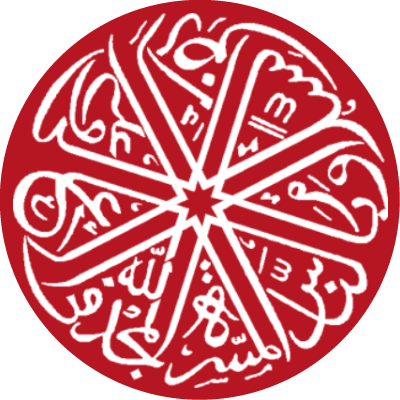Works by Collet, Hadrien, 1986‒ as author 4
Deviser les merveilles du monde
Ibn Baṭṭūṭa, « the traveler of Islam », gave an account of his journeys in his masterpiece known as the Riḥla. That is common knowledge. Yet, a close study of the work’s context of production leads to reevaluate the usual reading that was associated to it since at least the early modern period. The Tuḥfat al-nuẓẓār fī ġarāʾib al-amṣār wa-ʿaǧāʾib al-asfār, genuine title of the book, with a co-authorship, offers a polymorphous narrative shaping a world structured by the manifestation of types of wonders and the universal civilization Islam brought on earth. With this in mind, we revisit the riḥla sūdāniyya, the travel to the sultanate of Mali, in light of the work’s literary project and its broad logic.
Editions 1
Relationships with other works 1
Royal pilgrims from Takrūr according to ʿAbd al-Qādir al-Jazīrī (12th–16th century)
This piece is a presentation and a translation of al-Jazīrī’s al-Durar al-farāʾiḍ chapter on the royal pilgrims from Takrūr. This chapter presents notably an entirely new account on the pilgrimage of Idrīs b. ʿAlī, greatest sultan of Borno. The Cairene Sufi historian al-Jazīrī was at the time heading the office administrating the pilgrimage to Mecca. He was then at the center of the information traffic. An introduction presenting the author, his work, and royal pilgrims from West Africa opens the article, followed by the translation and the Arabic text.
Editions 1
Relationships with other works 1
Le sultanat du Mālī
Entre le VIIIe et le XVe siècle ont existé au Sahel nombre de villes-marchés, de cité-États, de royaumes et de sultanats. La plus célèbre et la mieux documentée de ces formations politiques est le sultanat du Mali (XIIIe-XVe siècle). S’y rapportent tant l’épopée de Sunjata, texte monument de la tradition orale, que la « charte du Manden », parfois présentée comme la première déclaration des droits humains. Il est évoqué dans plusieurs des « manuscrits de Tombouctou » rédigés au XVIIe siècle. Au milieu du XIVe, Ibn Battuta aurait séjourné dans la capitale du sultanat, relatant son voyage dans sa fameuse Rihla. Quelques décennies plus tôt, en 1323-1325, son chef Mansa Musa avait défrayé la chronique des savants mamelouks lors de son pèlerinage vers La Mecque via Le Caire. C’est alors, sans doute, que nous sommes au plus proche du Mali médiéval. À défaut de sources internes, ce pôle majeur de l’Afrique au Moyen Âge n’est en effet accessible qu’au travers de ces regards portés sur lui au fil du temps. D’où la nécessité d’une archéologie du savoir, à même de démêler et de comprendre les multiples transformations des manières d’appréhender le Mali, du XIVe siècle à nos jours. C’est à cette ambitieuse entreprise qu’est consacré cet ouvrage qui, de manière régressive, restitue les métamorphoses des représentations du Mali, pour mieux éclairer ce qu’il est possible de connaître de son histoire.
Editions 1
Le Touat dans la globalité médiévale : itinéraire d’une cargaison de cuivre du royaume de Hongrie au sultanat du Mālī (1407-08)
The Datini collection in the archives of Prato in Tuscany, through its correspondence and account books, sheds light on the circulation of shipments of copper mined in the kingdom of Hungary, transported to Venice, and shipped to northern Africa via Mallorca, then to sub-Saharan Africa via the Touat, around 1400. The rich content of the correspondence exchanged between various subsidiaries of the Datini company fills an important gap in the documentation on African connections and routes. The purpose of this article is thus to unveil the stakes and modalities of such a trade, by highlighting the routes and the actors. The first part is a precise and detailed presentation of the copper shipments including important data. Reference is made to the quality of the copper and its shapes (rods, ingots, plates, etc.), trade routes, intermediaries, etc. This first part describes the route of copper from the Hungarian kingdom to the Touat, a Saharan crossroads then in full expansion. The second part follows on and offers a synthesis of the state of knowledge on the question of copper in the context of the great trans-Saharan trade and its southern West African outlets (Sahel, forest zone). The main purpose is to show how the data in the Datini collection can shed new light on the geopolitics of copper in the Sahara and the Sahel around 1400 and contribute to enrich a patchy documentation and provide material for the development of new theories and ideas.
Editions 1
